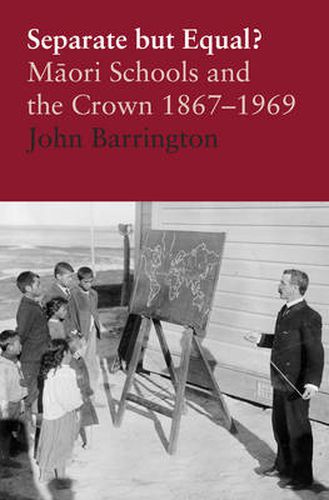Readings Newsletter
Become a Readings Member to make your shopping experience even easier.
Sign in or sign up for free!
You’re not far away from qualifying for FREE standard shipping within Australia
You’ve qualified for FREE standard shipping within Australia
The cart is loading…






A system of government primary schools for Maori children created by Parliament in 1867 was regarded as a temporary measure until they learnt English and were Europeanised. But it lasted for 100 years despite criticisms of ‘separatism’ and ‘pampering’ of Maori. Official policies for the schools reflected European attitudes towards Maori, including the view that they were particularly suited to a practical, non-academic type of schooling leading to manual and domestic occupations. The policy of assimilation, designed to turn Maori into brown Europeans, was not modified until the 1930s when a cultural renaissance led by Apirana Ngata, combined with influences from anthropology and Britain’s African education policies, contributed to a limited form of bi-culturalism.
$9.00 standard shipping within Australia
FREE standard shipping within Australia for orders over $100.00
Express & International shipping calculated at checkout
A system of government primary schools for Maori children created by Parliament in 1867 was regarded as a temporary measure until they learnt English and were Europeanised. But it lasted for 100 years despite criticisms of ‘separatism’ and ‘pampering’ of Maori. Official policies for the schools reflected European attitudes towards Maori, including the view that they were particularly suited to a practical, non-academic type of schooling leading to manual and domestic occupations. The policy of assimilation, designed to turn Maori into brown Europeans, was not modified until the 1930s when a cultural renaissance led by Apirana Ngata, combined with influences from anthropology and Britain’s African education policies, contributed to a limited form of bi-culturalism.